 ‘Blue Mouse Ears’ has the center spot in our Mouse Ears Family trough accompanied by dwarf Solomon’s seal.
‘Blue Mouse Ears’ has the center spot in our Mouse Ears Family trough accompanied by dwarf Solomon’s seal.
It’s little hosta season, and I thought readers might like to see how we use them in containers and in the ground. All the hostas pictured in this post are available for pick up at the nursery or for mail order in the 2018 Mini and Small Hosta Catalogue, click here.
Nursery News: Carolyn’s Shade Gardens is a retail nursery located in Bryn Mawr, PA, specializing in showy, colorful, and unusual plants for shade. The only plants that we ship are snowdrops and miniature hostas. For catalogues and announcements of events, please send your full name, location, and cell number (for back up use only) to carolyn@carolynsshadegardens.com. Click here to get to the home page of our website for catalogues and information about our nursery and to subscribe to our blog.
 ‘Twist of Lime’ is thriving in an antique metal pitcher along our front walk.
‘Twist of Lime’ is thriving in an antique metal pitcher along our front walk.
We have a collection of pots and unusual containers planted with mini hostas along our very shady front walk:
.
 ‘Lemon Love Note’ also merits a pot of its own with its unusual shape and shiny leaves.
‘Lemon Love Note’ also merits a pot of its own with its unusual shape and shiny leaves.
.
 ‘Blue Mouse Ears’ in a very small, terra cotta pot.
‘Blue Mouse Ears’ in a very small, terra cotta pot.
.
 ‘Appletini’, one of my favorite small hostas, brightens up this ultra shady spot with its glossy gold leaves.
‘Appletini’, one of my favorite small hostas, brightens up this ultra shady spot with its glossy gold leaves.
.
 A vintage metal tool box houses four small hostas plus European ginger and dwarf lady fern.
A vintage metal tool box houses four small hostas plus European ginger and dwarf lady fern.
.
.
.
Up by the drive, we have a strawberry pot planted with many mini hosta varieties. Unfortunately, it got hit by a car, but my wonderful and very handy husband Michael put it back together:
.
 ‘Wonderful’, you can just see the white outlining on the unusually shaped leaves that makes it so special.
‘Wonderful’, you can just see the white outlining on the unusually shaped leaves that makes it so special.
.
We have gathered together a collection of Mouse Ears hostas in a very large, antique, stone watering trough:
.
 This photo shows the trough when we first planted it.
This photo shows the trough when we first planted it.
.
 ‘Holy Mouse Ears’ is tiny and holds pride-of-place in the left front corner.
‘Holy Mouse Ears’ is tiny and holds pride-of-place in the left front corner.
.
 ‘Frosted Mouse Ears’ with the reverse variegation of ‘Holy Mouse Ears’ gets the other front corner.
‘Frosted Mouse Ears’ with the reverse variegation of ‘Holy Mouse Ears’ gets the other front corner.
.
 ‘Green Mouse Ears’ dwarfed by some leaves of ‘Blue Mouse Ears’ on the left and dwarf Solomon’s seal on the right. Its leaves have a folded appearance when it emerges.
‘Green Mouse Ears’ dwarfed by some leaves of ‘Blue Mouse Ears’ on the left and dwarf Solomon’s seal on the right. Its leaves have a folded appearance when it emerges.
.
 ‘Giantland Mouse Cheese’ gets brighter as the season progresses.
‘Giantland Mouse Cheese’ gets brighter as the season progresses.
.
 The trough has filled in quite a bit since it was originally planted, but the Mouse Ears continue to thrive.
The trough has filled in quite a bit since it was originally planted, but the Mouse Ears continue to thrive.
Finally, I do grow almost all of these little hostas in the ground in a rock garden area on the back hill:
.
 ‘Appletini’ is bright gold with some direct sunlight.
‘Appletini’ is bright gold with some direct sunlight.
.
 ‘School Mouse’ was newly introduced in 2017 and did very well in the ground over the challenging winter.
‘School Mouse’ was newly introduced in 2017 and did very well in the ground over the challenging winter.
.
 ‘Cracker Crumbs’ is our all-time best-selling mini hosta.
‘Cracker Crumbs’ is our all-time best-selling mini hosta.
.
 ‘Giantland Mouse Cheese’ among the rocks.
‘Giantland Mouse Cheese’ among the rocks.
.
 ‘Dragon Tails’, another of my personal favorites, with white dwarf crested iris.
‘Dragon Tails’, another of my personal favorites, with white dwarf crested iris.
.
 ‘Green with Envy’ accompanied by ‘Niveum’ epimedium, a perfect small plant to use as a companion for mini hostas.
‘Green with Envy’ accompanied by ‘Niveum’ epimedium, a perfect small plant to use as a companion for mini hostas.
.
 ‘Mighty Mouse’ with a dwarf balsam and other minis.
‘Mighty Mouse’ with a dwarf balsam and other minis.
.
 ‘Sun Mouse’ was also introduced in 2017 and is doing well in a new area of our rock garden.
‘Sun Mouse’ was also introduced in 2017 and is doing well in a new area of our rock garden.
.
 ‘Blue Mouse Ears’ with a larger epimedium called ‘Domino’.
‘Blue Mouse Ears’ with a larger epimedium called ‘Domino’.
.
If you are local, be sure to check out the mini and small hostas in our garden in person. Local and mail order customers can try these adorable plants in their own gardens by placing an order from the catalogue, click here.
Carolyn
.
Nursery Happenings: You can sign up to receive catalogues and emails about nursery events by sending your full name, location, and phone number to carolyn@carolynsshadegardens.com. Subscribing to my blog does not sign you up to receive this information. Please indicate if you will be shopping at the nursery or are mail order only.
Carolyn’s Shade Gardens is a local retail nursery in Bryn Mawr, Pennsylvania, U.S., zone 6b/7a. The only plants that we mail order are snowdrops and miniature hostas and only within the US.
Facebook: Carolyn’s Shade Gardens has a Facebook Page where I post single photos, garden tips, and other information that doesn’t fit into a blog post. You can look at my Facebook page here or click the Like button on my right sidebar here.
Notes: Every word that appears in orange on my blog is a link that you can click for more information. If you want to return to my blog’s homepage to access the sidebar information (catalogues, previous articles, etc.) or to subscribe to my blog, just click here.







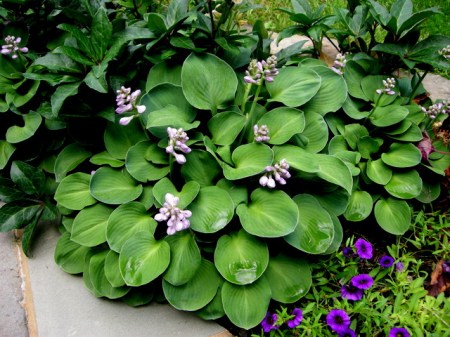
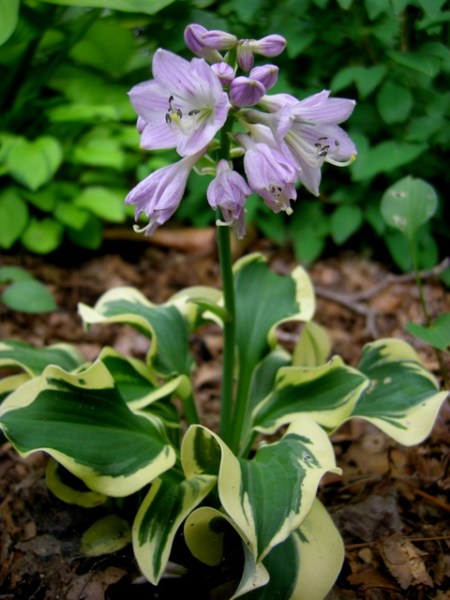



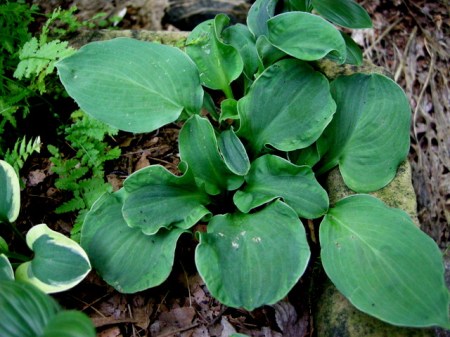
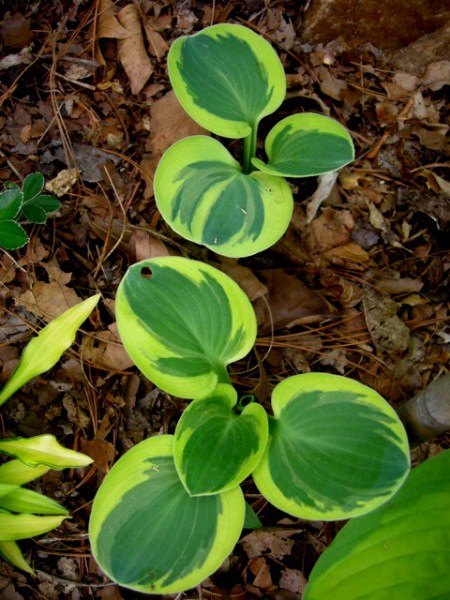





























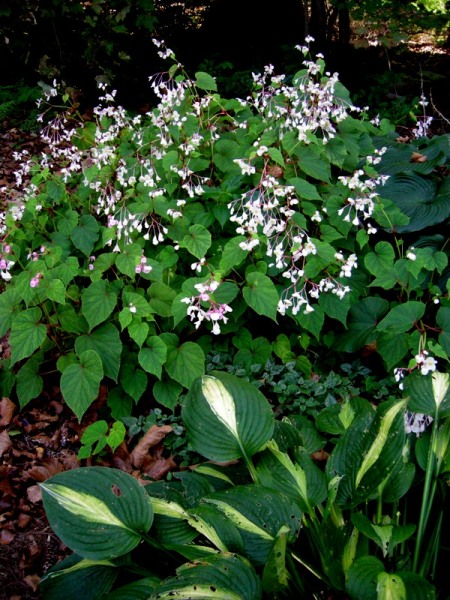



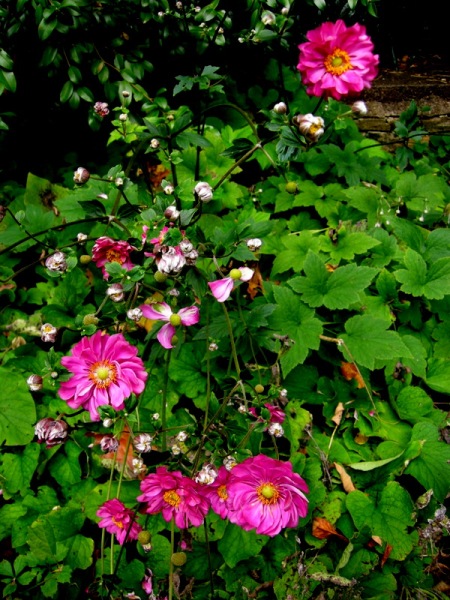







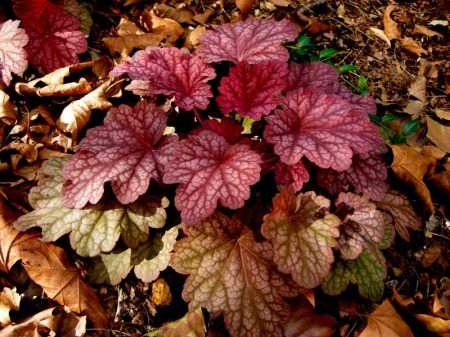
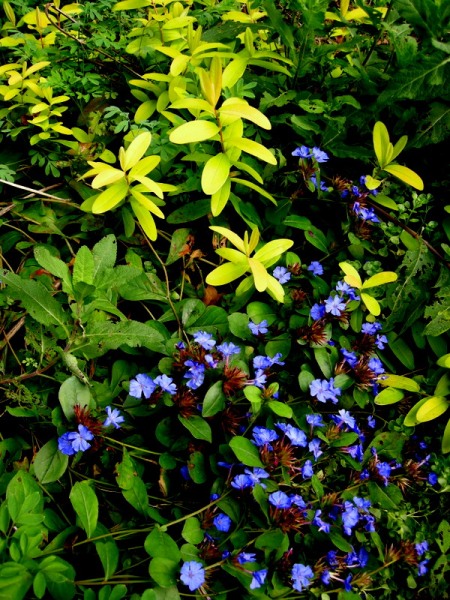
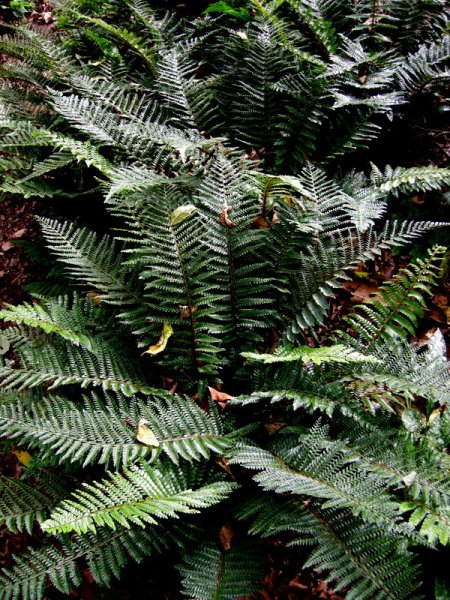
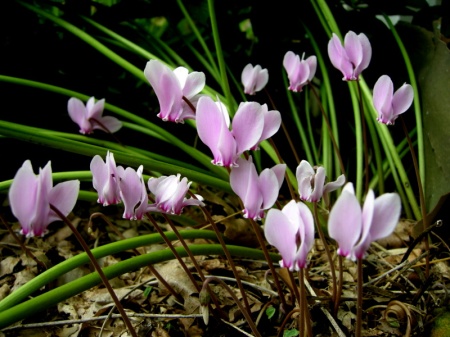
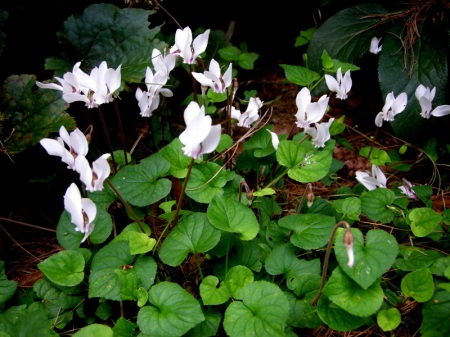

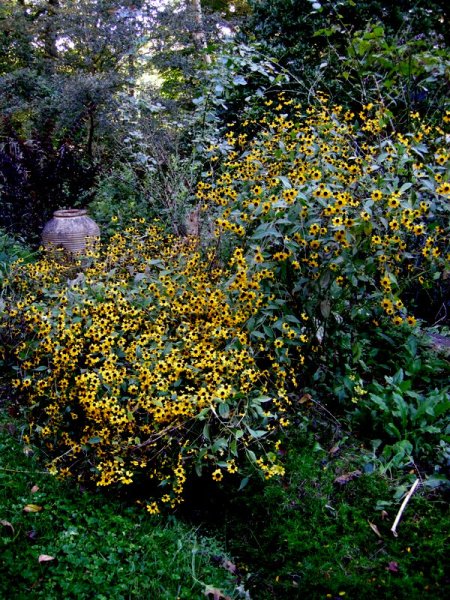
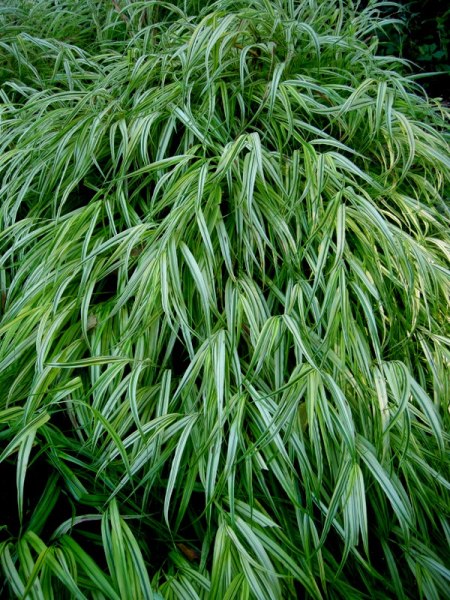
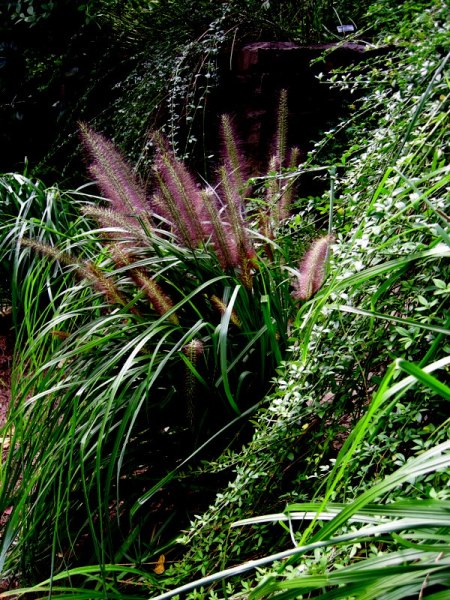


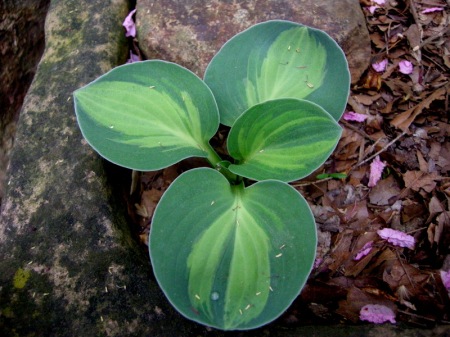














 Talk about perfect, Hosta ‘Paradise Joyce’.
Talk about perfect, Hosta ‘Paradise Joyce’.










 Hosta ‘Blue Mouse Ears’ is the 2008 Hosta of the Year.
Hosta ‘Blue Mouse Ears’ is the 2008 Hosta of the Year.


























